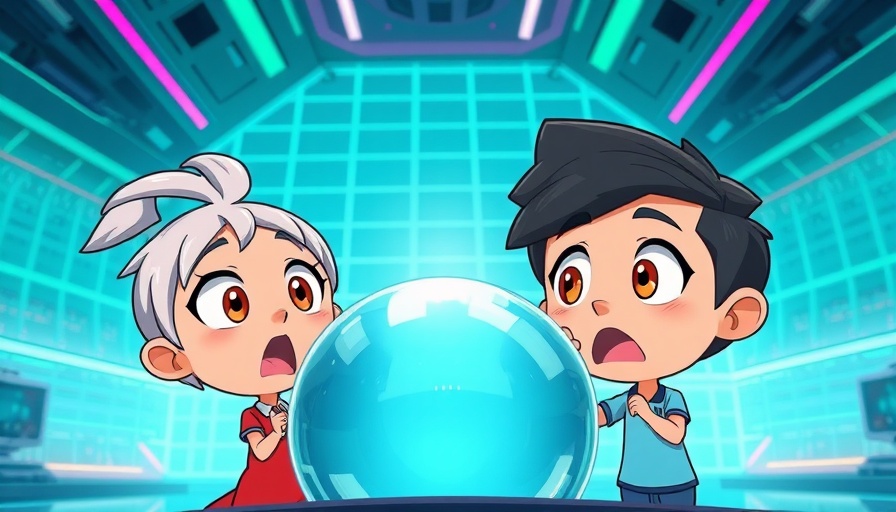
Are AI-Generated Images the Future of Art?
The landscape of digital creativity is rapidly evolving due to advancements in artificial intelligence, particularly with tools like OpenAI's updated GPT-4o. This AI-powered program has the ability to craft images in the enchanting style of Hayao Miyazaki’s Studio Ghibli films—beloved for their heartfelt storytelling and exquisite visuals. While many might find joy in these creations, others voice concerns about the implications of AI in artistic expression. Are these innovations merely creative extensions or do they undermine the value of human artistry?
The Cultural Impact of AI Creation
As AI tools become more adept at mimicking distinct artistic styles, we are at a junction where popular culture and technology intertwine. The backlash against AI-generated images of Studio Ghibli style highlights this merging as fans question the authenticity of such art creations. In a world that celebrates fandom, embracing a beloved aesthetic through AI invokes a debate: Is it a worthy homage or an impersonal reproduction? As noted by Ian Bogost, while a human could replicate an artist's style, AI's ability to do this en masse raises alarm bells about originality and copyright.
Challenging Our Concepts of Creativity
In the past, fan art was often viewed as a community-driven celebration of culture. However, the rise of AI-generated art complicates these sentiments. The mere act of typing a command to create something that resembles a professional illustration seems to face moral questioning. Why do we hold this perception? Perhaps it is rooted in our connection to human artistry and the unique narratives artists bring through their work.
Intellectual Property and Copyright Concerns
The conversation surrounding AI art often shifts towards intellectual property. Can an AI-generated image infringe on the rights of the original creator? Laws around copyright generally protect expressions, not styles, which complicates the discourse. In a recent discussion, it was mentioned that while the public celebrates fan art, many might still support copyright actions against generative AI tools making stylistic imitations. This inconsistency in support reflects the complexities of how we value creativity.
The Future of Artistic Innovation
As AI technology continues to flourish, its role in the art world will undoubtedly evoke further debates. The way we perceive art is changing, and artists may find opportunities to collaborate with AI to innovate rather than compete against it. Envision a future where artists harness AI tools to enhance their creative expressions, making technology an ally rather than an adversary. This collaborative spirit could lead to a renaissance of creativity where human and machine coexist harmoniously.
Embracing the Change
Despite the backlash, the capabilities of AI image generation could provide fresh avenues for creativity and engagement. Artists, fans, and technologists alike are encouraged to embrace this shift. As proactive consumers of digital culture, we can encourage dialogue about the ethical implications while celebrating the innovative potentials that AI presents. Ultimately, the experience of art should be inclusive and collaborative, allowing every form of expression its rightful place.
In conclusion, the boundaries of technology and art are increasingly blurred as AI innovations emerge. Whether we view this evolution positively or negatively shapes our collective future in artistic storytelling. AI is not just a tool; it's a catalyst for discussion, reflection, and possibly a transformation in how we create, appreciate, and understand art.
 Add Row
Add Row  Add
Add 




 Add Row
Add Row  Add
Add 

Write A Comment